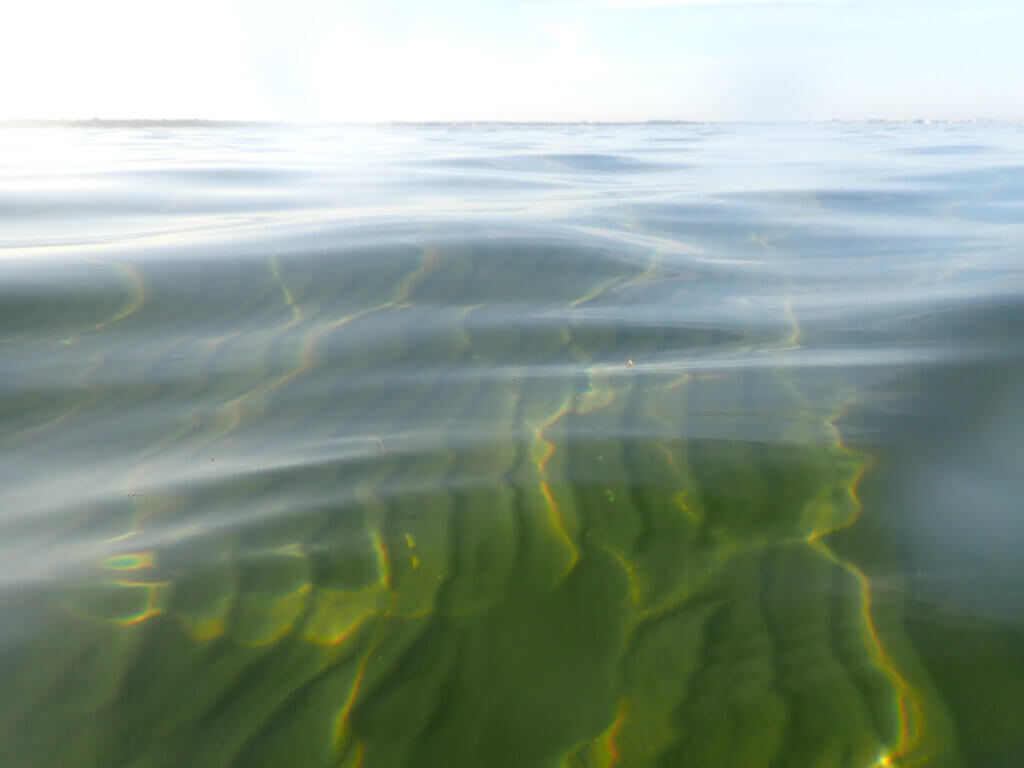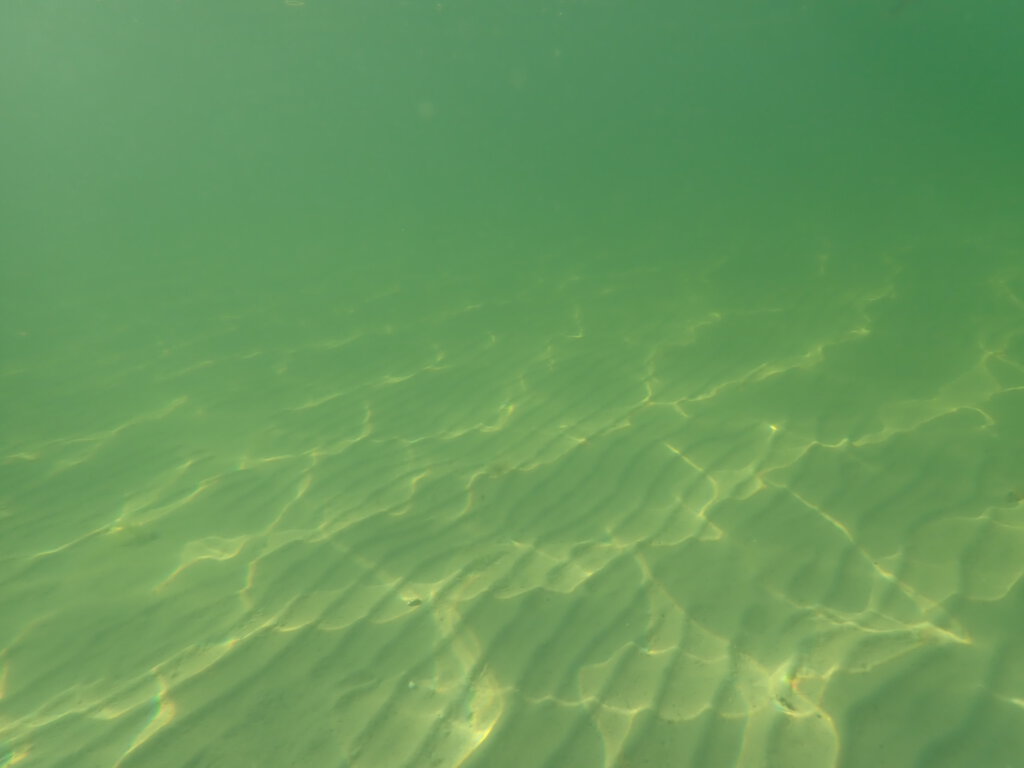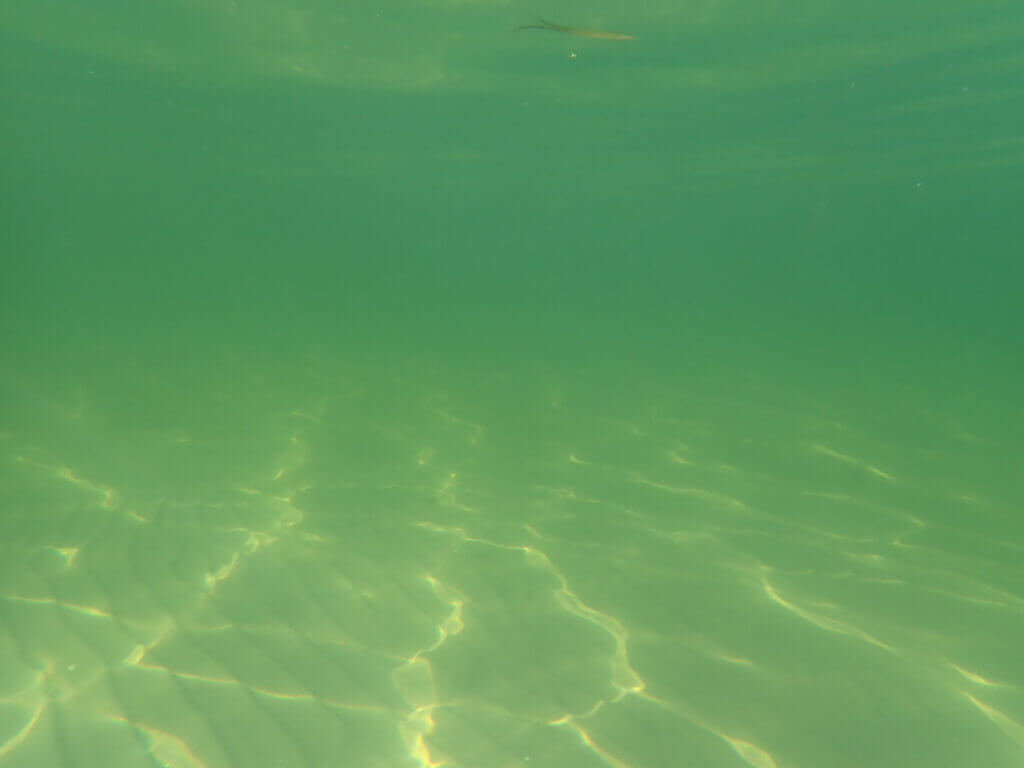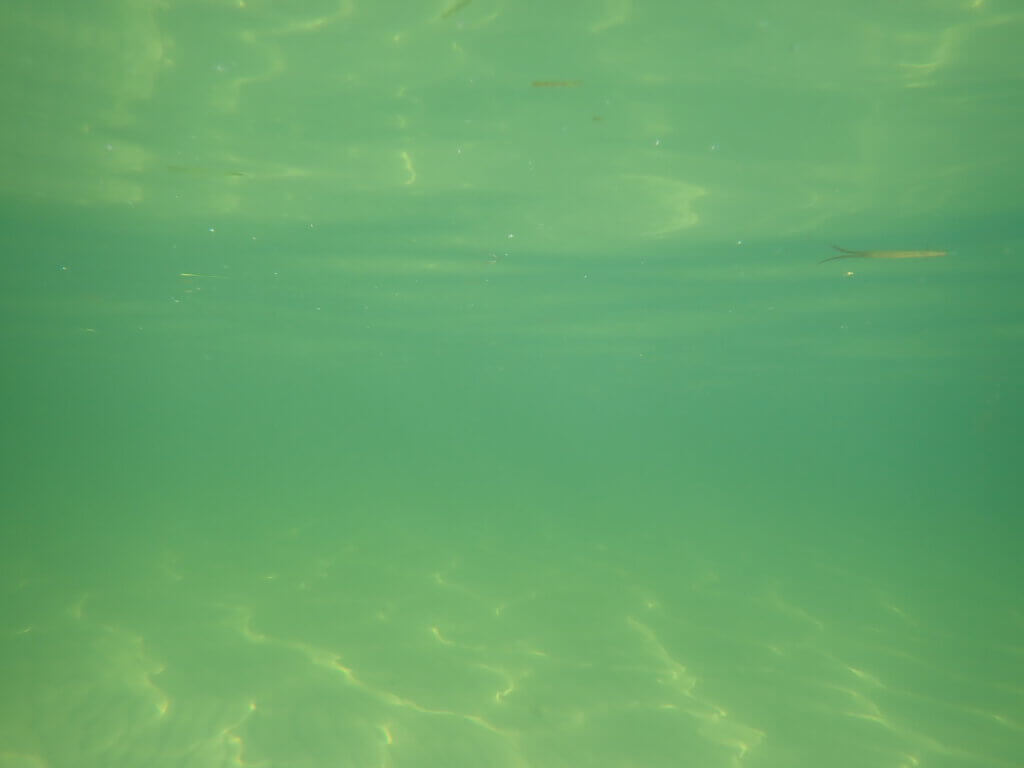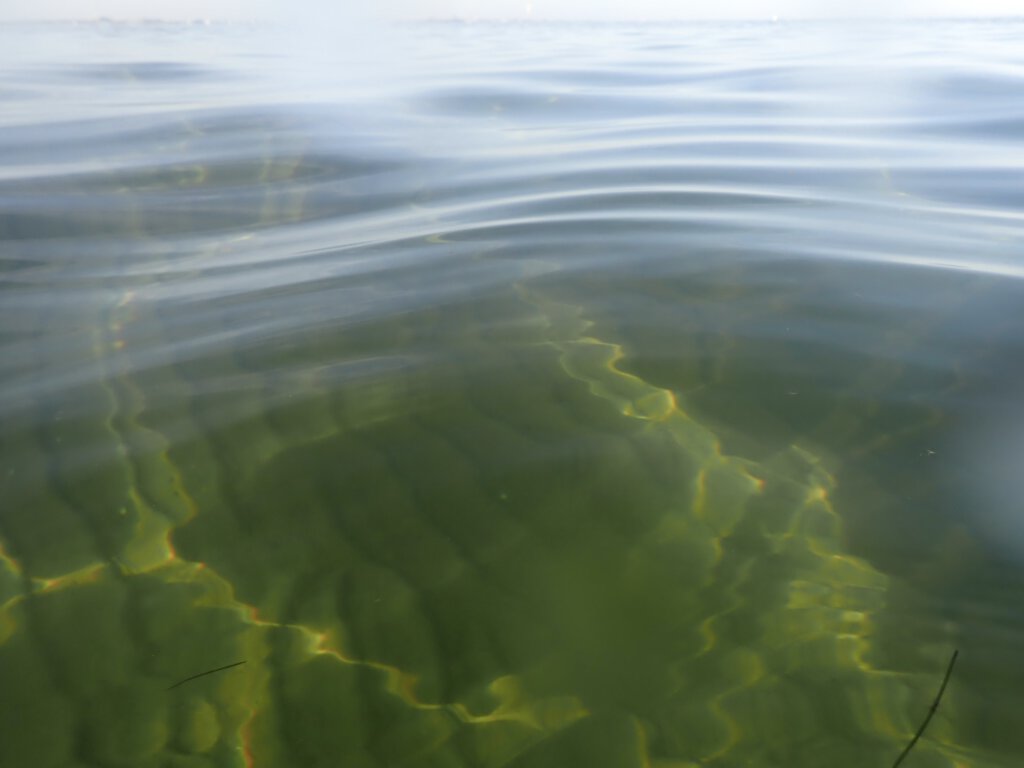
Currently reading Timperley & Schick (2025): “Assessment as pedagogy: inviting authenticity through relationality, vulnerability and wonder”
When I read about “eliciting wonder and joy via invitations to see the world anew” in the abstract, I knew this article would be squeezed in before I continue with my scheduled reading list for the week. I have previously written about authentic assessment, and most recently about assessment for inclusion and distinctiveness, so this is very interesting!
Authentic assessment is often advocated for to connect academic learning “in the ivory tower” to the real world, as an attempt to make education relevant, to better prepare students for their professional futures, “as a tool to develop skilled workers who add value to the economy“. Timperley & Schick (2025) write that “Traditional authentic assessment, with its focus on the development of transferable and marketable skills that prepare students for the workforce, valorises and intensifies this instrumental model of education, focusing on what students can do with their education rather than seeing it as an endeavour that shapes who we are as human beings“.
Timperley & Schick (2025) offer an alternative approach to education, that considers the student as a whole person, and “provides opportunities for exploration and connection with our selves, each other and our world(s)“. They design assessments where students are invited to bring their own life experiences and expertises with them and apply course content to them, to make assessment feel valuable as a learning opportunity rather than just summatively assessing learning, and to do it “in conversation with their life and communities“. For example, the format of creative assessment can be a creative project (art, music, poetry, …) combined with a critical reflection, and students are encouraged to do it in community; and the focus on community is reinforced through peer feedback in the course. Ultimately, there remains the tension of grading the work, but this is managed by “building relationships and trust with and among students across the course, deprioritising marks in favor of written comments […] and encouraging intentional student reflection and dialogue“.
There are three important components to creative assessment:
- Shifting the focus from instrumental objectives to relational projects, recognizing students as multifaceted and complex humans with prioir experiences that can contribute to shared learning. This often means that students use the projects to not just explore the content, but also their own relationship to it, and how it relates to others. Relating to others can even take the forms of street art or curated social media feeds, or “visual or interactive provocations within the university setting” (sounds intriguing, doesn’t it?!), thus creating engagement way beyond the classroom. This different type of assessment is also a contribution to assessment for inclusion
- “Reorient students towards a different conception of learning, one that emphasises not-knowing and vulnerability over certainty and content mastery“, and open-ended assessment helps with that — although it might feel a bit risky to students. The perceived risk is lowered by “welcoming uncertainty in the classroom” by reflecting on what surprised students. But it might also be uncomfortable for teachers to take pedagogical risks and give up so much control. There is a risk that students fake authenticity and give the teacher what they think the teacher wants, but that can be partly mitigated by embedding similar work on the projects in the synchronous parts of learning where reflection happens together, this new form of working is normalised, and where the threshold to do the assessment is thus lowered.
- Re-introduce students to the wonder, awe, excitement and joy of learning: invite creative and intense thoughts about the course material and how it relates to them individually and in relation to their peers and the world. “[T]o truly wonder at the world requires openness towards others and oneself, which Young suggests results in a new and increased understanding across difference (1997, 358)“
One aspect in how Timperley & Schick (2025) write about wonder was especially fascinating to me. They write “[t]he act of wondering at the world is central to liberatory education. Wonder involves looking anew at the world, marvelling at its beauty or the ways in which its taken-for-granted properties are contingent and have been developed over time by particular actors, structures and historical processes” and that it therefore allows for imagining a different world. And this is really where the context of their work cannot be ignored: They teach political theory, so they look at human-made constructs, whereas to me personally, wonder is usually in the context of wave watching! They do warn that “wonder can result in exoticising tendencies, particularly in the social sciences and humanities, where humans are the subject of study. In wondering at the world and different cultures, students and teachers may unreflexively reifyharmful stereotypes or tropes. Similarly, the assumption that wonder results in feelings of happiness overlooks the possibility that wonder might, instead, provoke anger, pain or rage.” I can well imagine this happening, especially in the context of teaching for sustainability!
Timperley, C., & Schick, K. (2025). Assessment as pedagogy: inviting authenticity through relationality, vulnerability and wonder. Teaching in Higher Education, 30(3), 592-607.
And these are some beautiful wave watching pics from this morning’s swim. Not a dip, an actual swim. Time for some joy and wonder!
I love a calm morning with all the caustics, the light pattern that sunlight refracted by the waves on the surface makes on the seafloor. So beautiful!
This is what it looks like from within the water. Very green, but nice ripples in the sand and caustics on top!
Here with a bit of surface visible, too…
And here the surface is reflecting the caustics from the seafloor. Total internal reflection! So cool!
But even from outside of the water it is just beautiful.
Also, all the capillary waves are just from me being in there, if I wasn’t in there, the surface wouldn’t have such small structures because there was hardly any wind! 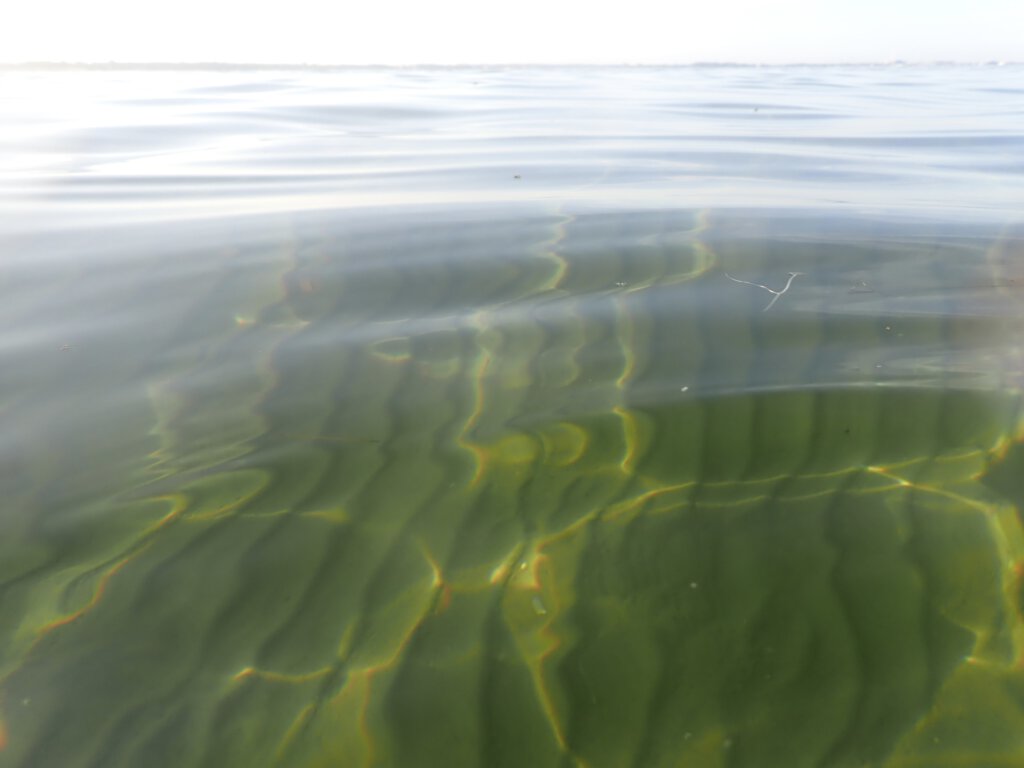
And this is what it looks like from the bridge (see the stairs going into the water in the bottom right corner of the picture). Ever since I started taking pictures from within the water, with the camera pretty much right at sea level, I find all those “normal” pictures so boring in comparison…

